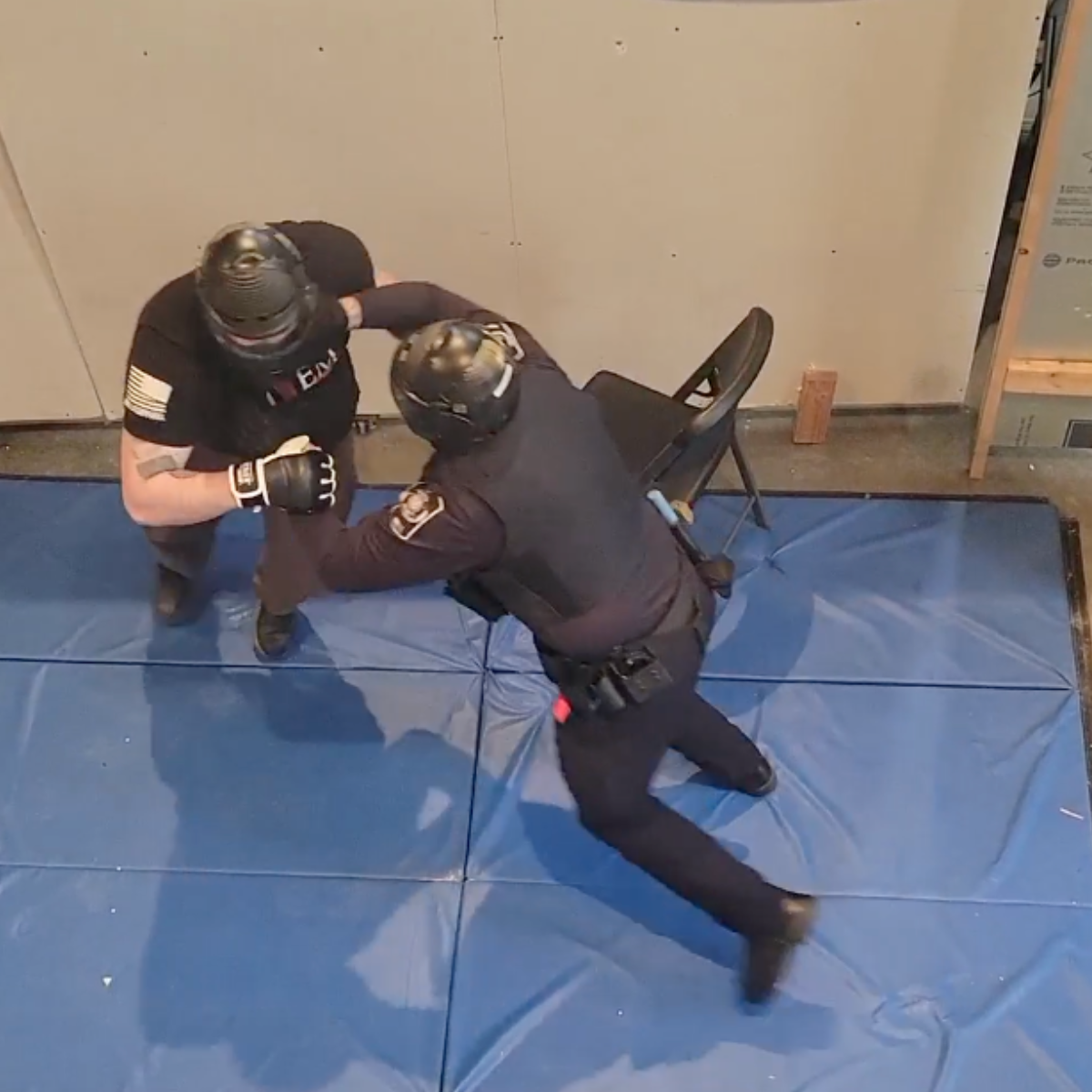The Danger Behind the Organized and Funded Threat
April 21, 2021
When most of us think of a potential threat, we have the tendency to think of singular bad actors or small and unprepared groups. While this can be the case for some criminal activity, it isn’t the only potential risk that is present. In reality, the world of crime has many different well-prepared and well-funded threats that can put the American people—as well as those on a global scale—at risk. We wanted to share information on these potential threats to help you understand what dangers they pose.
|
Motives for Organized Threats
Though it is easy to assume that organized threats operate in the same capacity or simply want to commit crime, that is not the case. Every organized threat will have its own targets and its own motives that will drive the actions of those involved. Still, there are some common types of organized threats that can be identified.
Street Gangs
A street gang is a collection of individuals who have banded together under a singular identity, often in a singular area. For these groups, every act is focused on furthering the group’s hold on an area or helping to finance the lifestyles of those within the group. Street gangs are known for exerting dominance over an area, which can lead to unprovoked violent attacks. In some cases, two opposing street gangs might take issue with one another and
commit violent acts in an area. These individuals can also carry out consistent crimes including theft, robbery, property destruction, or even abduction attempts with the intention of human trafficking.
Extremist Groups
Now more than every, extremist groups are a growing threat. These groups are most recognizable in films and books,
and while they might be exaggerated, the intent still stands. Extremist groups are generally driven by a specific philosophy. In modern times, these ideals are often political in nature.
These groups are consistently motivated by the desire to defend or perpetuate their ideals. Their actions can range from property destruction or defacement to violent crimes against innocent individuals for the sake of making a statement. Domestic terrorism is becoming more p
rominent in the United States, putting people at significant risk. Given the general accessibility of weapons, there
is a near-constant need to prepare for heavily arm
ed extremists in public spaces.
The Evolution of Organized Threats
An organized threat has a unique talent for evolving in a way that general criminals do not. Since their efforts are often focused on specific motives, they have a knack for changing as the world progresses. These groups are organized enough to recognize when society or law enforcement have begun to grow more aware of the threats and the risk that they pose. As we adapt to outsmart their efforts, they will begin to adapt in their own way. When they break the mold, old methods of protection generally become less effective or completely ineffective, which means that we must adapt once again to outsmart their efforts.
How These Groups Are Formed
An organized threat will always have their own preferred way of finding members. Given the nature of these organizations, there is a constant push for loyalty in order to protect the security of the groups. The means through which this loyalty is proven can vary from one group to the next.
Gang Members
With street gangs, loyalty is generally obtained through some kind of task completion. It is commonly known that “gang initiations” are often violent or criminal in nature. In order to join the group, potential members will have to carry out a risky task that includes them with the gang in some way. Some gangs will force members to be violently beaten to earn their worth. Others might ask potential members to commit a violent crime against an innocent person. Some start out by pulling young members into the community to normalize the scene.
Extremist Group Members
Extremist groups, on the other hand, are more about a commitment to the cause than anything else. While loyalty is important, the loyalty in question is often committed to the ideals of the group. Unlike gangs, which will welcome a member to join their “community” as incentive, extremist groups seek out those with similar ideals. They will look for those who agree with them, then begin the process of initiation. This might include recruiting in spaces where similarly-minded individuals spend time, then slowly encouraging the person to join to take action.
The Lone Wolf
Beyond the general extremist group, there is always the potential for a lone wolf. These individuals often share the same ideals as the group and might even be in communication with them. However, they might not be directly involved with group plans. Instead, these individuals will act in the name of the group without direction from the group. It is important to understand that these individuals are specifically motivated by their ideals and that their actions can be unpredictable.
The Risks Posed by Organized Threats
Whether you are dealing with a group of violent extremists or a growing gang, the risks are often the same. With these groups, there is generally violence and crime that follows in their wake. While the nature of the crimes might vary, the risks are ever-present. These risks can be a threat to property, information, and people.
Conclusion
Crime comes in many forms, but there is no denying that the most dangerous criminals are often fairly organized. By bringing together resources and information, these groups can formulate complex plans to put people, areas, and events at risk. Being aware of these threats and their approach to crime can help to keep everyone safe. It is important to remain informed and up-to-date at all times to maintain certain safety levels.






